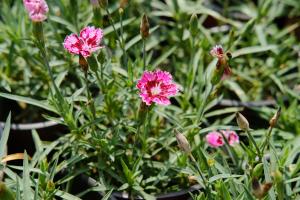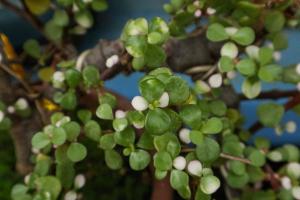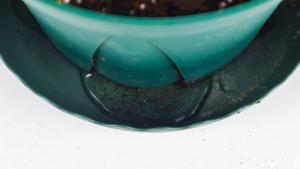Introduction
Setting up a freshwater planted tank can be an enjoyable and rewarding hobby, but it's important to provide the right environment for your plants and fish to thrive. Water parameters are a crucial aspect to consider when creating a suitable habitat for your aquatic pets. In this article, we'll explore what water parameters should be for a freshwater planted tank.
Temperature
The ideal temperature for a freshwater planted tank should be between 76-82°F (24.4-27.8°C) for most tropical plants and fish. However, some species may require cooler water, so it's important to research the specific plants and fish you plan to introduce to your tank. A stable temperature is also essential for maintaining the health of your aquatic pets.
pH Level
Most freshwater plants and fish prefer a pH level between 6.5-7.5. However, some species may require a more acidic or alkaline environment. It's crucial to test the pH level of your water regularly and make any necessary adjustments. It's also important to note that sudden changes in pH levels can be harmful to your aquatic pets.
Water Hardness
Water hardness refers to the concentration of dissolved minerals in the water. Most freshwater plants and fish prefer a moderate water hardness level between 4-12 dGH. However, some species may require softer or harder water. It's important to research the specific requirements of the plants and fish you plan to introduce to your tank and make any necessary adjustments.
Ammonia, Nitrite, and Nitrate Levels
Ammonia, nitrite, and nitrate are natural waste products produced by fish and other aquatic organisms. High levels of these compounds can be harmful to your aquatic pets and cause algae growth. It's important to test the levels of ammonia, nitrite, and nitrate regularly and maintain them at safe levels. Nitrate levels should not exceed 20 ppm, while ammonia and nitrite levels should be at 0 ppm.
Carbon Dioxide (CO2)
Carbon dioxide is essential for plant growth and is often injected into the water in planted tanks. The ideal level for CO2 in a planted tank is around 30 ppm. However, it's important to monitor the CO2 levels closely, as too much can harm both plants and fish.
Conclusion
Creating a suitable environment for your freshwater plants and fish requires careful consideration of their specific needs. Maintaining the appropriate water parameters is essential for their health and long-term survival. By monitoring and adjusting temperature, pH level, water hardness, ammonia, nitrite, nitrate, and carbon dioxide levels, you can create a thriving planted tank ecosystem that you'll enjoy for years to come.

 how many times do yo...
how many times do yo... how many planted tre...
how many planted tre... how many pine trees ...
how many pine trees ... how many pecan trees...
how many pecan trees... how many plants comp...
how many plants comp... how many plants can ...
how many plants can ... how many plants and ...
how many plants and ... how many pepper plan...
how many pepper plan...






























